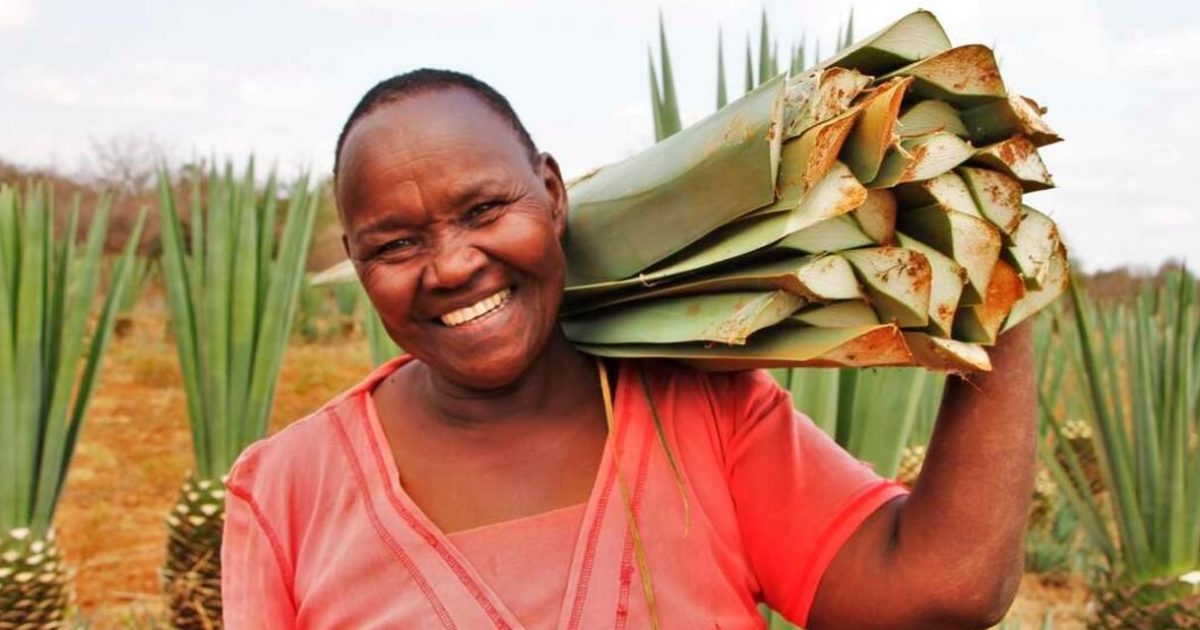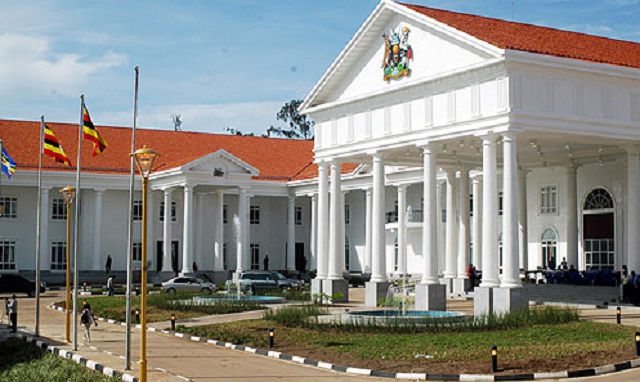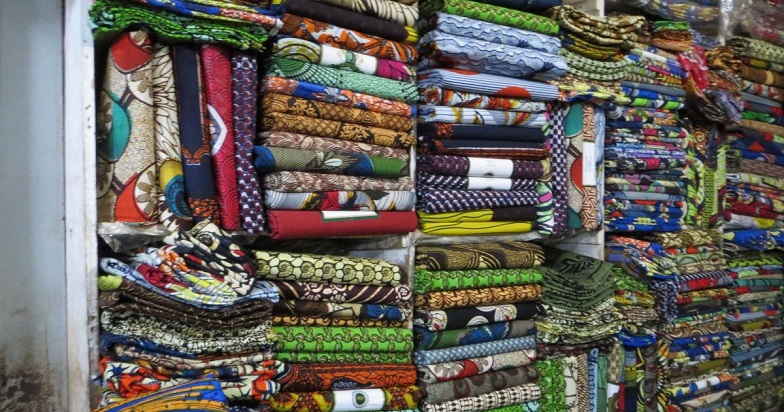Rosina Mutono carries a bundle of sisal leaves at Maiani Village in Makueni County on July 18, 2022/Pius Maundu | Nation Media Group
Along Mombasa-Nairobi highway at Kibwezi township, a sisal plantation stretches as far as the eyes can see.
The plants on the farm known as DWA Sisal Estate create a picturesque pattern that normally leaves many travels in awe.
Beyond the sisal estate in the villages, many smallholder farms also host the crop, as farmers switch from maize.
The farmers are shifting from maize to sisal in droves in the wake of the ravaging effects of climate change, in particular drought.
At Maiani village in Masongaleni, Rosina Mutono is part of the growing community of smallholder sisal farmers. The former casual worker at DWA Sisal Estate was overseeing the harvesting of sisal leaves when the Seeds of Gold team visited.
“Although maize production has become very expensive following prolonged drought that has spanned two years and three planting seasons, sisal farmers here are not badly off. We grew up despising sisal, but this is the crop that is now putting money in our pockets,” says Rosina as she takes us on a tour of her four-acre farm teeming with rows and rows of sisal crops at different stages of maturity.
The 56-year-old had initially set aside a quarter-acre for sisal and on the rest, she planted maize and peas and also kept cows and goats.

But with hindsight, she decided to fill the entire farm with the cash crop. “It does not make sense to continue growing crops like maize that cannot survive prolonged droughts.”
Sisal revolution
At the centre of the sisal revolution sweeping across the area is drought. “When we settled here 30 years ago, farmers only grew sisal along the hedges of their farms. We plucked the leaves to make ropes for tethering cattle. This has since changed after we realised that we are sitting on gold. Many farmers have turned to hardy cash crops such as green grams, cowpeas, pasture grass and sisal,” says Joseph Waita, a celebrated climate-smart farming champion who intercrops sisal with fodder grass.
He is the vice-chairman of Kyumaku Community-Based Organisation, one of the groups promoting various sisal value chains in the region.
Sisal is easy to propagate and manage. “Sisal thrives in dry areas with well-drained soils. The seedlings take around two years in the nursery after which they are transplanted. They are grown in rows which are 1.4 metre apart after preparing the seedbed,” says James Barasa, the head of the Fibre Crops Directorate at the Ministry of Agriculture in the Lower Eastern.
“Sisal requires minimal husbandry. It does not need pesticides and fertiliser, but requires weeding. Farmers should grow fodder grass between the rows. The leaves are ready for the first harvesting two to three years after transplanting. Sisal lasts for up to10 years,” he adds.
According to the Food and Agriculture Organization of the United Nations (FAO), Kenya is the third largest exporter of sisal fibre after Brazil and Tanzania.
In 2021, Kenya earned Sh5 billion by exporting 28,927 tonnes of sisal fibre, according to data from the Ministry of Agriculture. Whereas more than 90 per cent of the sisal fibre produced comes from plantations, smallholder farmers such as Rosina and Waita play a significant role in sustaining the industry.
Sisal production
There are 10 farmer groups in Makueni engaged in sisal production. The groups have 2015 members.
“Kee Women Group is the most successful. It has 1,500 members. They are walking the sisal value chain to the end. They cultivate sisal, process the fibre, spin and make baskets and other items for sale,” says George Kamami, an agronomist at the Makueni County government.
The sisal farmers in Kibwezi grow the hybrid variety which industry players hail for high quality fibre. They obtain the seedlings from DWA Sisal Estate.
While the sprawling sisal plantation boasts of thousands of acres under the cash crop, it scrambles for sisal leaves from small-scale farmers with individual entrepreneurs such as Yasin Abdikadir, a businessman who operates a small processor at Matinga Township on the outskirts of Kibwezi Township.
The competition has become cutthroat in recent years after the Makueni County government doled out dozens of decorticator machines to farmer groups as part of its campaign to promote sisal production, sparking an insatiable market for sisal leaves in the region. Decorticators are used to strip sisal fibre from the leaves after they are harvested manually. A harvester cuts all the lower leaves standing 45 degrees to stalk using a sharp knife.
After harvesting, the leaves are bound in bundles, each holding 27 of them. The leaves are then collected for decortication. A bundle of sisal leaves goes for Sh15. Some Sh9 go to local women and youth who harvest the leaves while the rest is pocketed by the farmer.
“Instead of selling raw sisal leaves, we add value to them through decortication. Two bundles of sisal leaves are required to produce a kilo of sisal fibre. The two bundles of sisal leaves earn farmers Sh12 and Sh70 after decortication. We have struck a deal with a trader based in Nairobi who buys all the fibre as soon as we process it,” said John Kalumba, the secretary of Kyumaku organisation, whose 150 members are spread across Masongaleni.
Export market
As many maize farmers struggled with a failed crop in 2021, data obtained from the Ministry of Agriculture shows that the price of a kilo of sisal fibre increased steadily that year, peaking at Sh183 in November in the export market.
“After decortication, we clean and dry the fibre for four hours. Then we brush, grade and bale for the market where it is spanned and woven into various products such as sacks, mats, twines and ropes. More than 80 per cent of the produce goes to West Africa where it is mainly used to make ceiling boards. We also sell the fibre to a dartboards manufacturing company located at the Athi River Export Processing Zone,” said Abdikadir.
To sustain production all year round and remain ahead of the pack, Abdikadir has recruited dozens of sisal out-growers around his factory. The farmers benefit from a guaranteed market and hybrid sisal seedlings that he offers for free.
To tap into the rising demand for sisal fibre in the world in the wake of a growing consciousness on environmentally friendly packaging and building materials, Barasa recommends that smallholder farmers should work in groups to enhance their bargaining power.
“They should increase the acreage under the crop. At the same time, smallholder sisal farmers should establish nurseries to supply quality planting suckers and set up factories for adding value to cotton as well as sisal based cottage industries,” he says.





